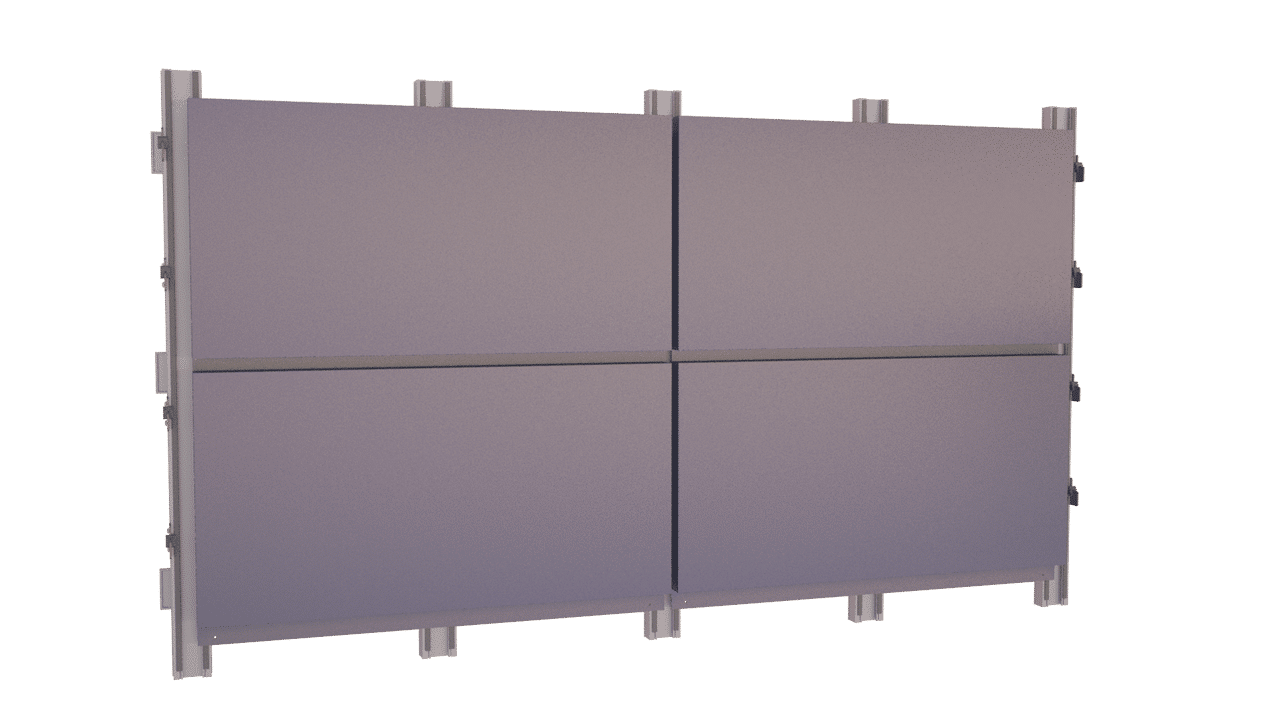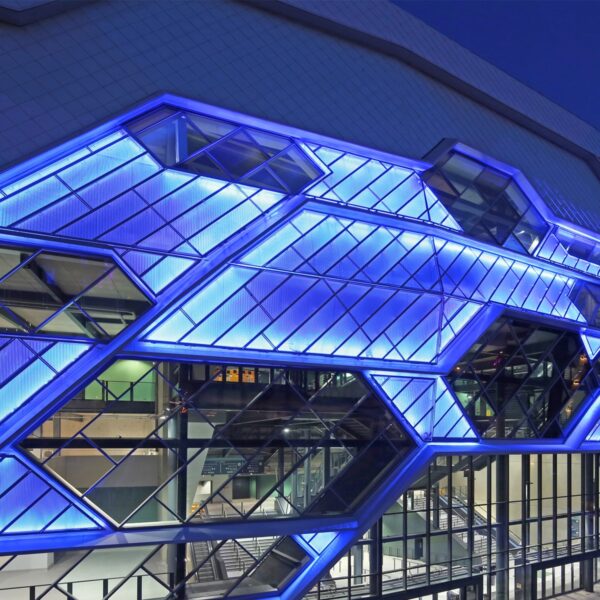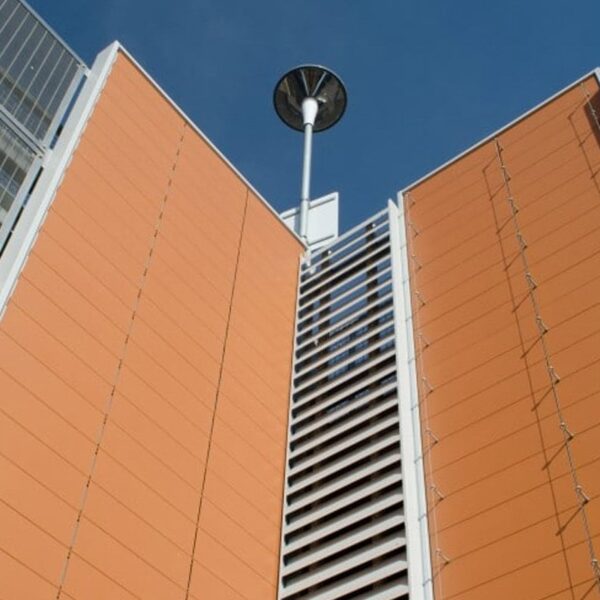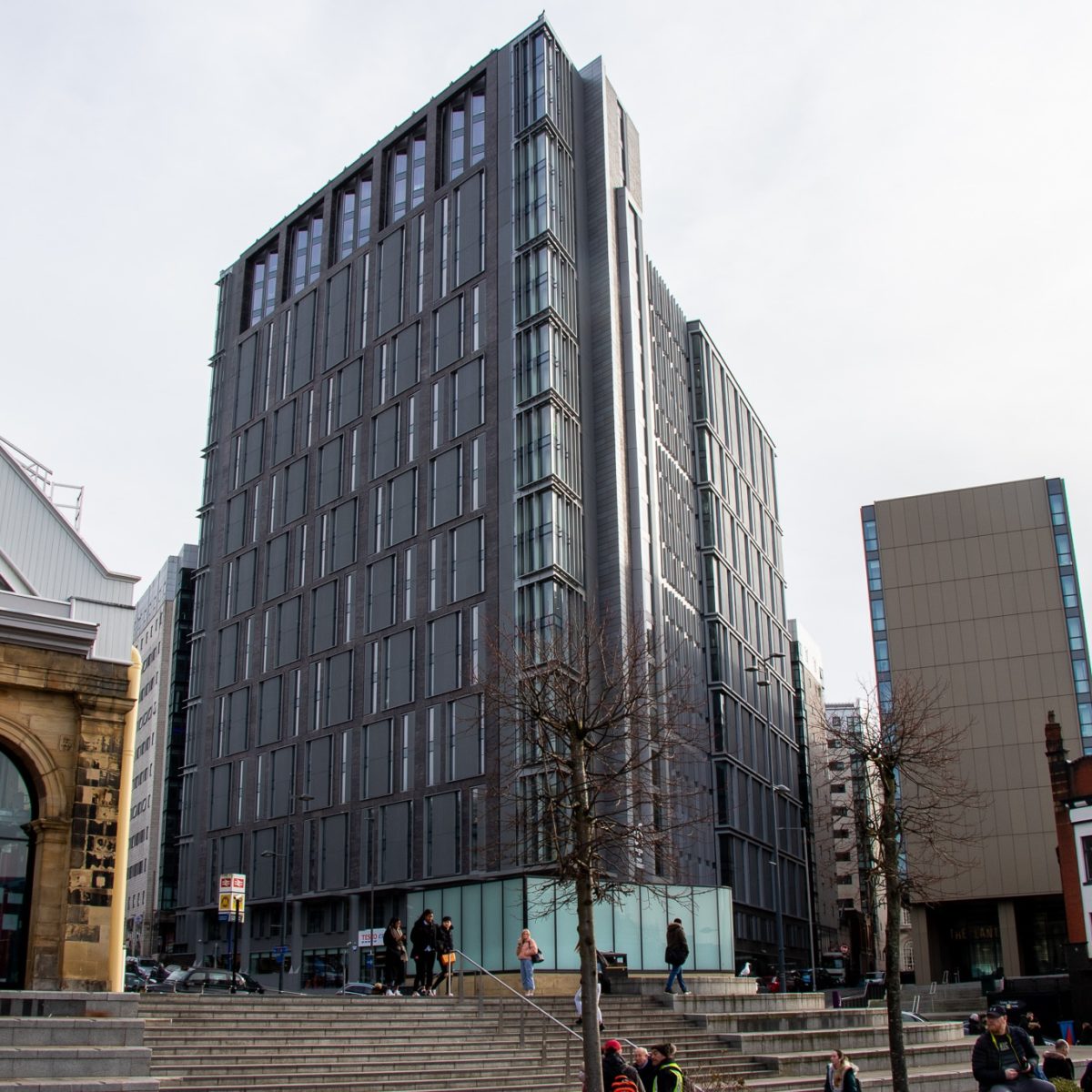Rainscreen cladding may now be one of the most popular and efficient ways to finish a building and protect it from weather damage, but how did this material evolve into part of our everyday lives? It turns out we have Norwegian barn builders to thank…
Norway
The earliest known displays of rainscreen were seen around a hundred years ago in the construction of Norwegian-style barns, found in the USA as well as Norway. A result of trial and error rather than scientific research, these early rainscreens consisted of timber claddings adjoined to traditional stone walls. Using closed joints down the sides and open ones at the top and bottom to allow rainwater to drain away or evaporate, this became known as the ‘open-jointed technique’.
1940s
It wasn’t until much later, in the 1940s, that a scientific understanding of the theories behind rainscreen were developed. Research concluded fairly quickly that walls made of porous materials, such as brick or cement, would inevitably disintegrate if exposed to wet weather conditions for a sustained period of time without an external water repellent, and that rainscreen cladding was (and still is) the best solution. By leaving a gap between the wall and the rainscreen, water vapour is easily removed and damage to the wall is drastically reduced.
1950s
One of the first large buildings to use modern rainscreen cladding was the Alcoa building, constructed in Pennsylvania in 1953. A skyscraper reaching 30 storeys high, it was built using thick, baffled aluminium panels with open, labyrinth-type, pressure-moderating joints.
1960s-1980s
The rainscreen principle was formalized in the early 1960s, when the Norwegian Building Research Institute published the idea of making the air pressure between the screen and the wall equal to that of the outside. Rainscreen systems continued to be researched, tested and validated through the 60s and 70s, with the first official guide to pressure-equalizing designs released in 1971 by the Architectural Aluminium Manufacturer’s Association (AAMA). By the 1980s, the principles and processes of rainscreen cladding were widely recognised and spread in popularity, particularly in Europe.
And now?
Today, rainscreen cladding is an industry standard, used to protect some of the most iconic buildings in the world. As well as weather protection, rainscreen cladding now also creates an incredible visual impact due to being available in a wide range of finishes and textures.
The future
As weather conditions become more extreme and unpredictable, our rainscreen systems are required to be even more durable. With climate change as an ever-growing concern, the use of rainscreen to an environmental advantage is now being considered in the development of new products, building processes and industry regulations.
It may have started out in a humble barn in Norway, but rainscreen could be one of the key materials in protecting our cities and cladding the future.
Read more:





 No downloads in list yet.
No downloads in list yet.